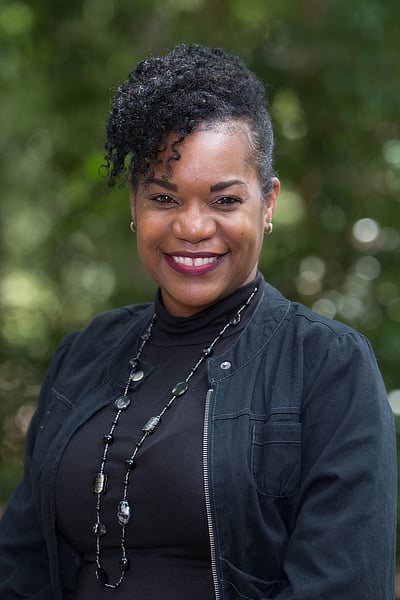
Position: Professor and Director, Center for Healthcare Innovation and Patient Outcomes Research
Teaching at Samford since 2003
Why do you teach? I never thought that I would be a teacher. I had a family friend who used to call me “school teacher” every time I came home to visit. I always assured him that I wasn’t a teacher. I was going to school to be a pharmacist. Little did I know at the time that I could do both! I teach because it brings me satisfaction to share my knowledge with others who can use that information to help their patients. I teach because it will help someone who didn’t know they could be a teacher gain the confidence to do so.
What is your favorite hobby? I have several hobbies that I enjoy. The one that I get the most joy from is planning events. Birthday parties for my family and vacation planning usually take a lot of effort, but if the recipient of the party or the travelers in my group are having fun, the effort is worth it.
Why have you encouraged Samford to be involved in patient health outcomes and pharmacoeconomics? Clinicians are knowledgeable about the way in which drugs act in the body. They read clinical studies; however, the way that drugs work in their individual patients are largely anecdotal. We hope that the way patients respond in clinical trials corresponds to the way in which patients respond in “real life”, but that may not be the case. In addition, it’s important to understand the economic impact of these drugs to determine who may be the best candidates. At the Center for Healthcare Innovation and Patient Outcomes Research, we attempt to answer those questions of how drugs will act in larger patient populations and to understand the financial impact of the choices that are made.
How did your background prepare you for your current role? Previously, I was director of Samford University’s Global Drug Information Service. In that role, I was responsible for assisting with formulary decisions, writing newsletters, and answering drug information questions. I determined after I assumed the role that we were missing more indepth financial implications associated with assisting with hospital and long-term care formulary decisions. I went to back to school to earn a master’s degree in pharmacy with a concentration of applied pharmacoeconomics.
What is one thing you want your students to know when they graduate from Samford? Pharmacy is what you make it to be. It can be a wonderful career option, but it takes a lot of work. The most successful pharmacists are those who are lifelong learners.
What is CHIPOR? What does your role as director involve? CHIPOR stands for the Center for Healthcare Innovation and Patient Outcomes Research. I am responsible for serving as a liaison in McWhorter School of Pharmacy to help facilitate clinical research initiatives, securing grants and contracts related to improving the dissemination of outcomes research projects, and teaching students about outcomes research and pharmacoeconomics.
What is a favorite project you have worked on recently? My favorite project was helping a client determine their impact on their clients. The client provides services to increase patient’s adherence to medications. I was asked to determine the dollar amount associated with their intervention in terms of reductions in hospitalizations, worsening disease states, and loss of productivity at work. I found it exciting because few people are doing this type of research.
